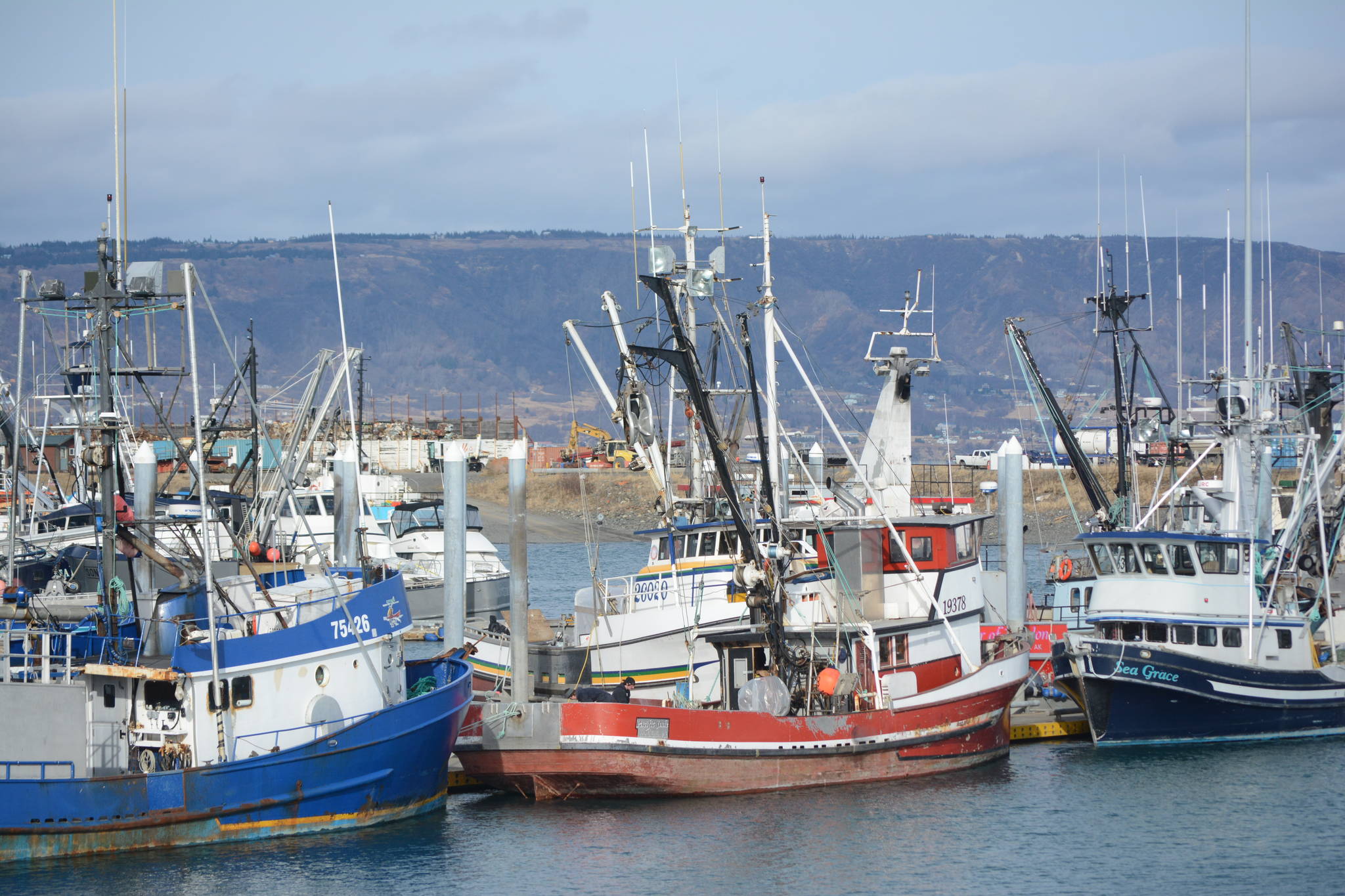While the U.S. trade war with China gets most of the headlines, there has been an ongoing embargo on U.S. seafood headed for Russia that has been going on much longer and is also having a large impact on the industry.
The Alaska Seafood Marketing Institute released a white paper this month detailing the 2014 Russian embargo on food products from the U.S. and other Western nations. That embargo bans all Alaska seafood products to the country except canned salmon, which is not exported to Russia in large quantities.
There is no corresponding embargo on Russian seafood imported to the U.S.
Alaska and Russia harvest many of the same species, and Russian-sourced products are available in the U.S., frequently at lower prices than Alaska based products are sold.
The U.S. and the European Union have not imposed any additional terms on the import of perishable Russian goods to the U.S. or the EU, and Russia continues to export seafood to the U.S. almost entirely duty free.
Also, the value of Russian seafood imported by the U.S. has grown 69 percent since 2013, the year preceding the embargo, according to ASMI.
Russian fishermen have a significant advantage in that their government commits substantial federal investment in their seafood sector, increasing their capacity to produce high-quality seafood products that compete directly with U.S. seafood products in major world markets.
In the year prior to the embargo, Alaska seafood producers exported $61.3 million worth of products to Russia, primarily salmon roe.
Prior to the embargo, Russia was the second-most important export market for Alaska salmon roe, next to Japan.
In 2013, without taking into account transshipments where product is transferred at sea from a catcher vessel to a refrigerated freighter (often illegal catches), the two markets took roughly 64 percent of all Alaska salmon roe exports. That left no single comparable market for Alaska salmon roe other than Japan when the Russian market closed.
The embargo covers all fish, crustaceans, mollusks and other aquatic invertebrates. This includes virtually all edible seafood products with the exception of canned seafood.
Prior to the embargo, which began in August 2013, there were indications of a growing market in Russia.
Alaska producers and the State of Alaska, primarily through ASMI, invested in the Russian market. ASMI conducted marketing efforts to build demand in the region starting in 2006, attending events such as World Food Moscow alongside Alaska producers.
ASMI contends that growth in the Russian market created competition with the Japanese buyers, which contributed to increases in Alaska pink salmon prices from 2010 through 2013, which benefited Alaska producers and fishermen.
Prior to the embargo, Russia was also importing a growing volume of surimi made from Alaska pollock, and also imported a few million dollars’ worth of other Alaska products such as frozen pink salmon.
The U.S. imported $551 million of seafood from Russia in 2018, plus $50 million of pollock products from China which primarily consist of pollock caught in Russia. Crab made up 84 percent of the value of products imported from Russia in 2018. Other products of significant value include cod, salmon and haddock (not including pollock products produced in China).
These are important species for the Alaska industry and compete directly with Alaska seafood products in the U.S. market. Russia is not subject to any special import duties in the U.S. and is designated as having NTR (Normal Trade Relations) status.
Meanwhile, Russia is implementing a plan to nearly double the value of its seafood exports by 2024 to over $8 billion.
The plan is based on a huge national investment in increasing and modernizing their processing capacity, with construction either underway or planned for more than 20 new processing facilities and 35 catcher vessels, primarily centered around fishing ports on the far east seaboard, with a goal of 90 new vessels by 2030.
The plan also includes the launch of a new marketing and supply chain organization known as “The Russian Fish.”
Total investments in the Russian fishery sector, including ship building, plant building, aquaculture investment and marketing between 2018 and 2025 are estimated to reach $6.9 billion.
Cristy Fry can be reached at realist468@gmail.com



